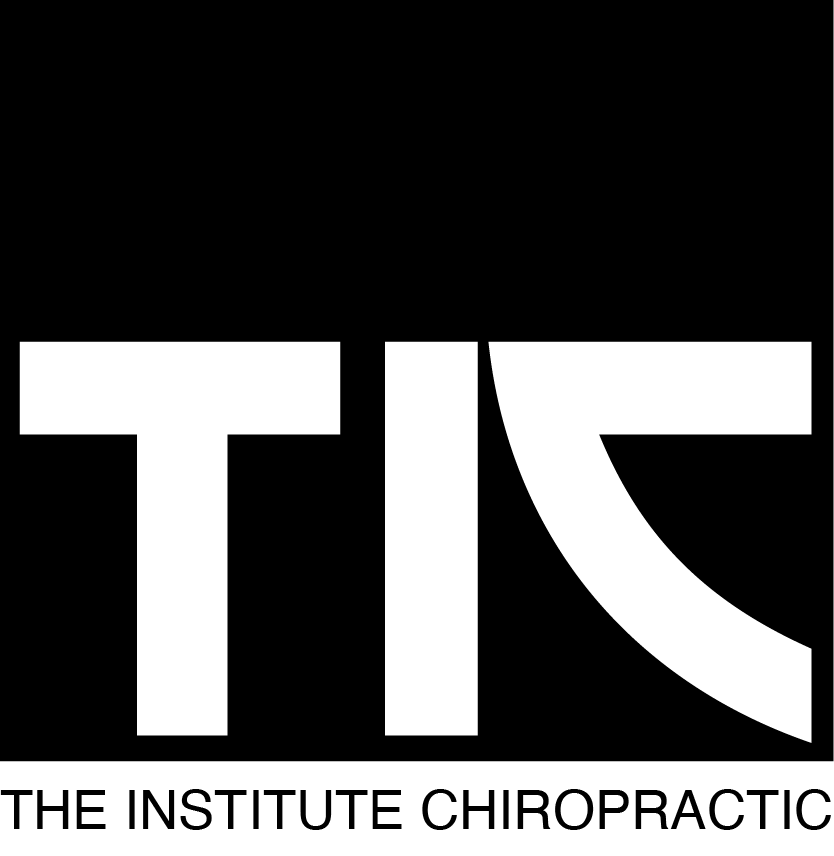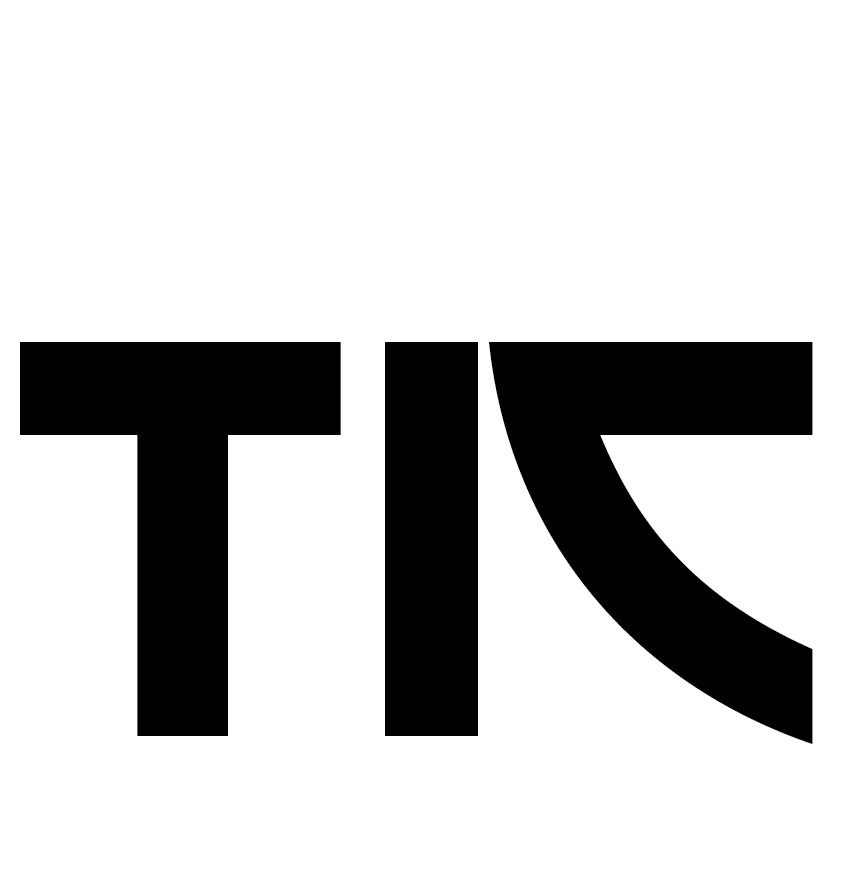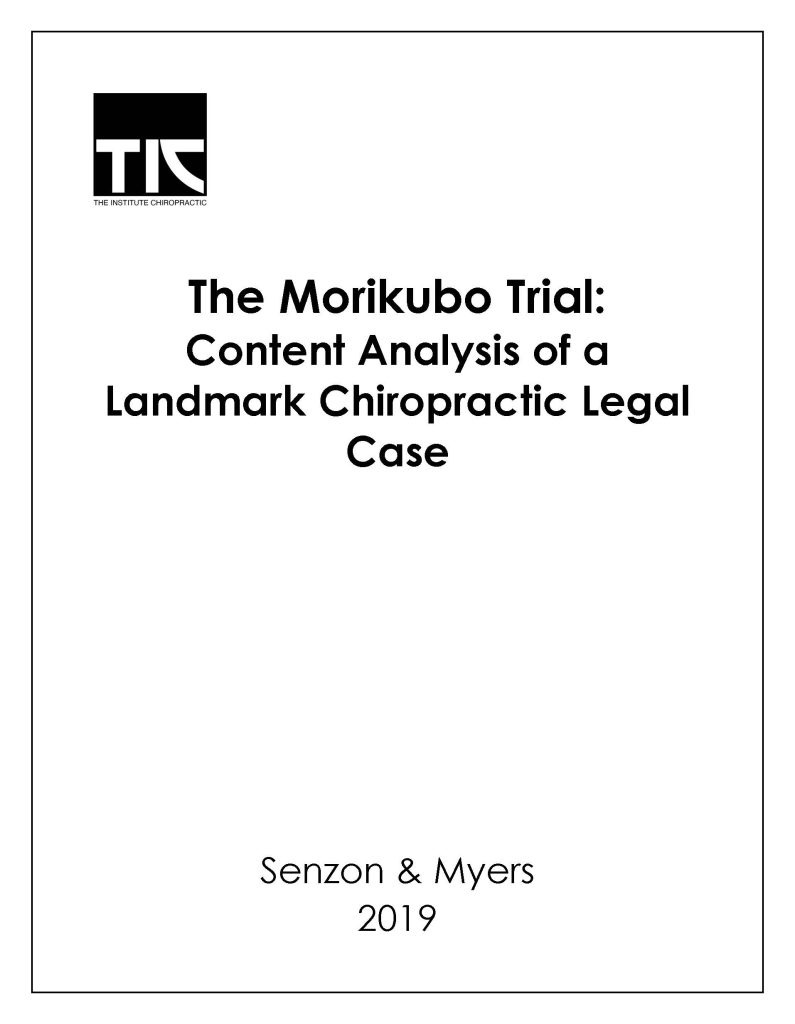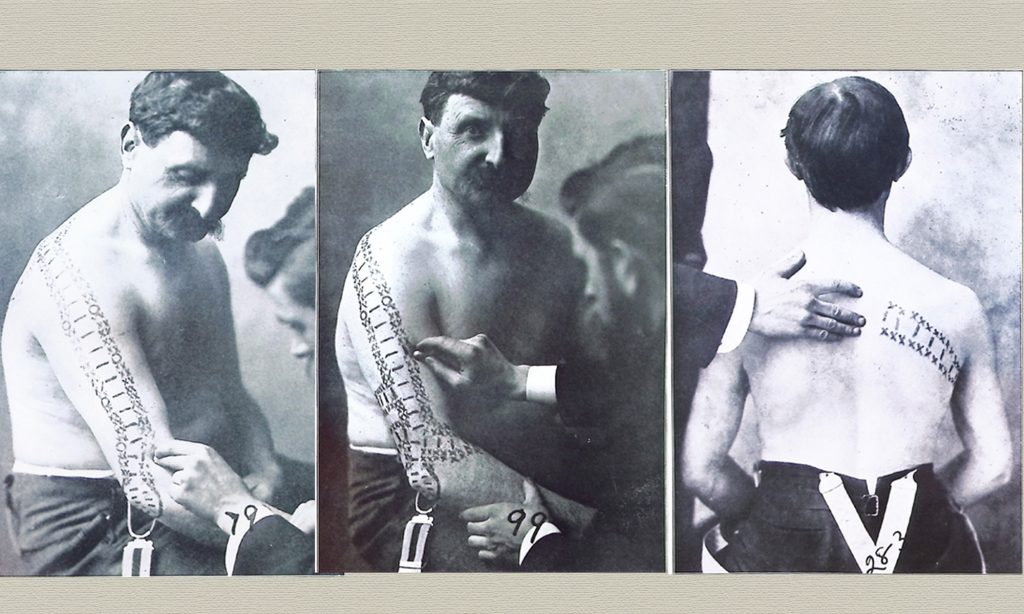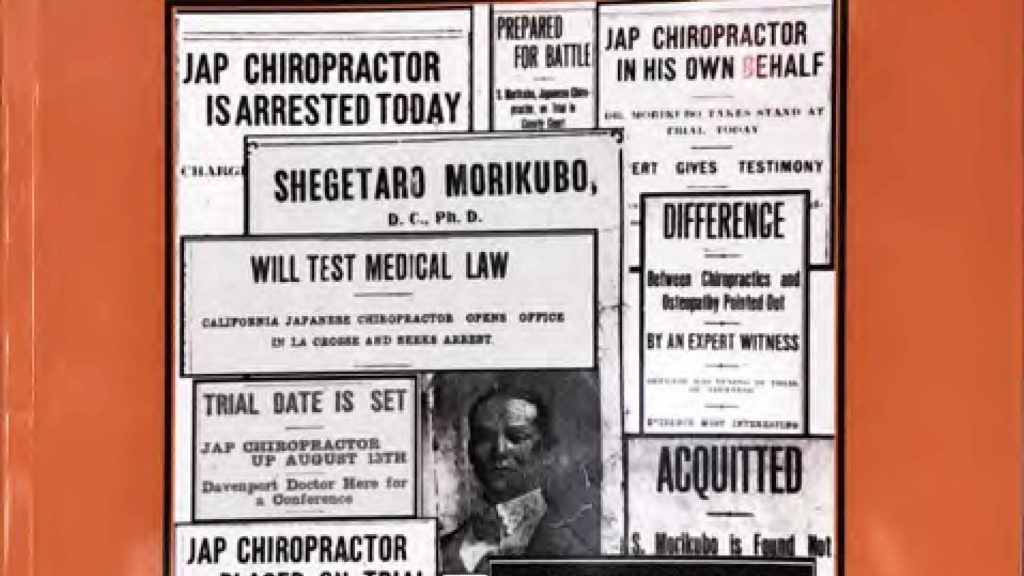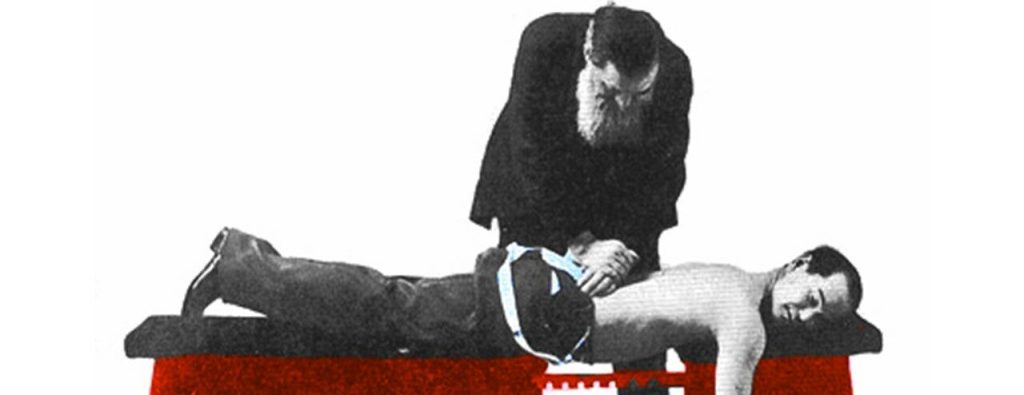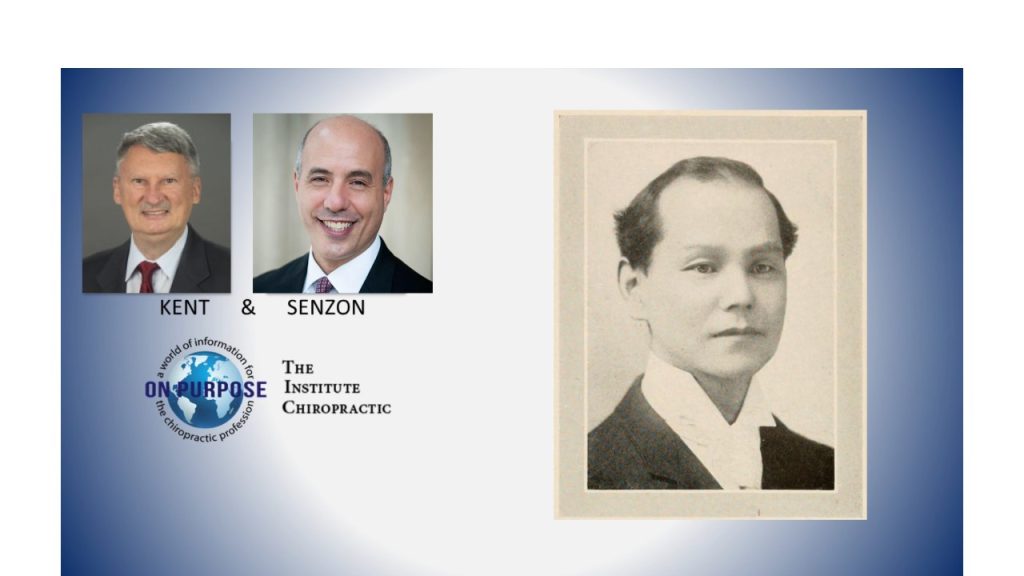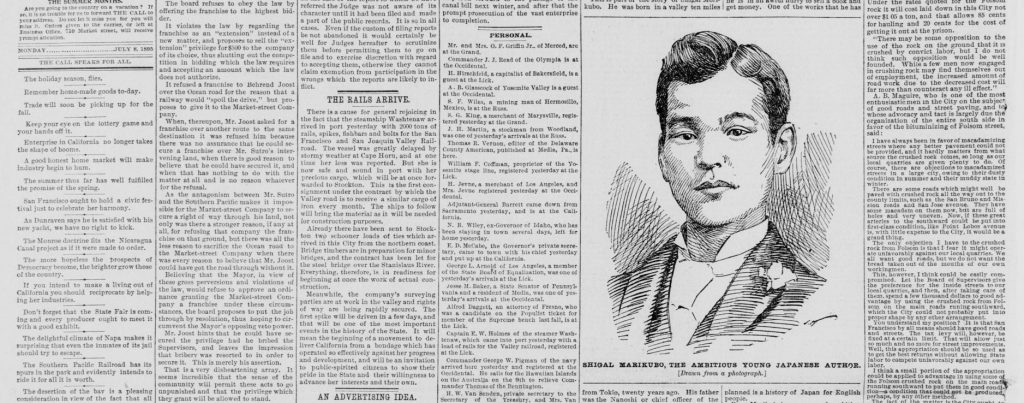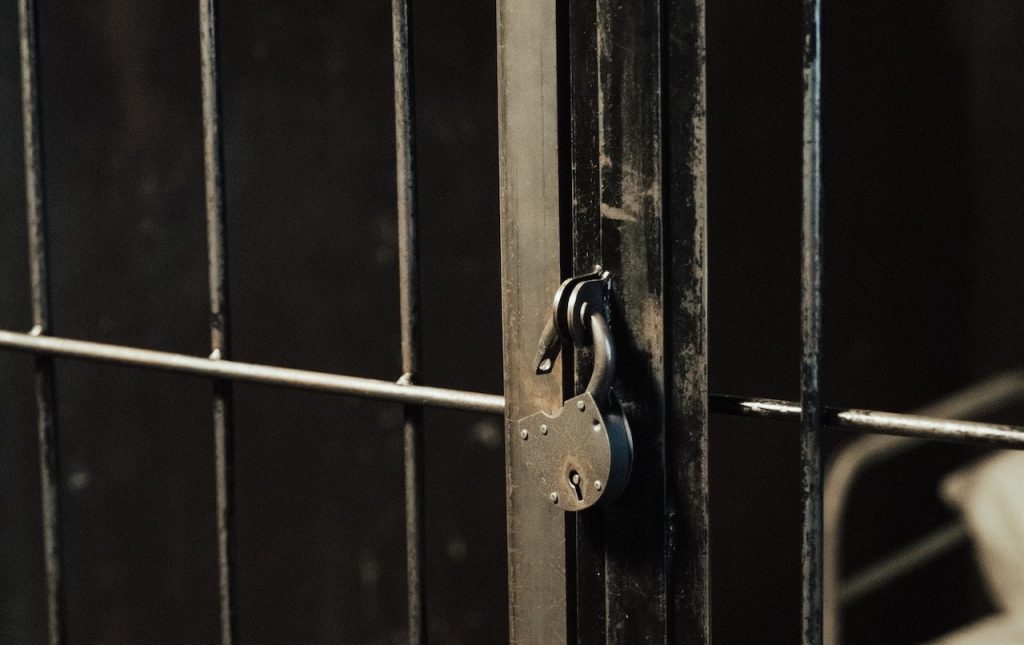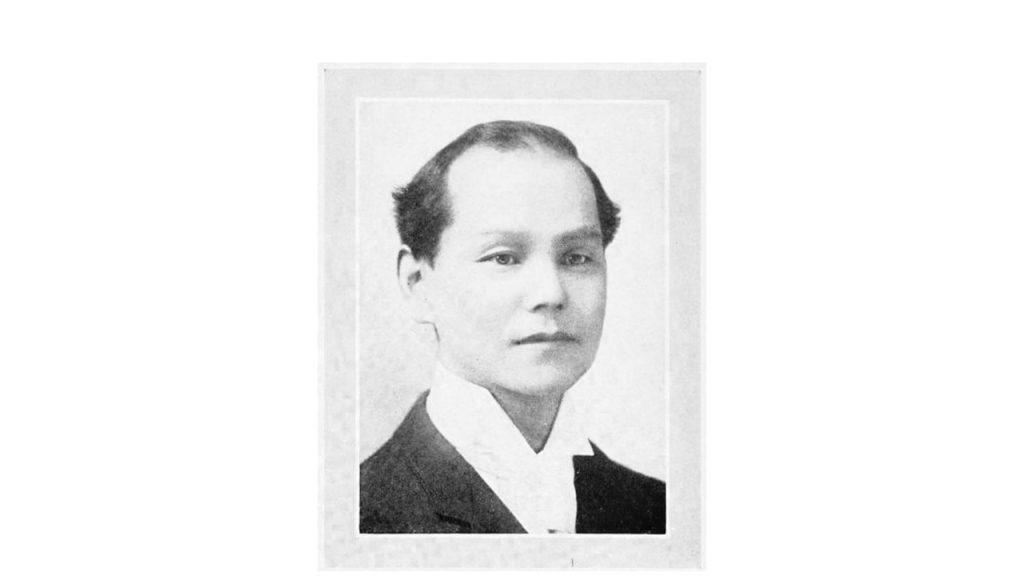Showing results for 'morikubo trial'
Nerve Tracing and the Morikubo Trial: A Pivotal Moment in Chiropractic History
Introduction The intersection of nerve tracing and the 1907 Morikubo trial represents one of the most fascinating chapters in chiropractic history. While I’ve previously written…
Part 2: The Morikubo Trial and Its Impact
Open to access this content
Content Analysis of the Morikubo Trial
Open to access this content
Part 3: Nerve Tracing and the Morikubo Trial
Open to access this content
Shegetaro Morikubo, DC
The Revolutionary Shegataro Morikubo was born in 1871 in Tokyo, Japan. He came from an aristocratic family. He moved to the United States in 1889…
On Purpose: Morikubo Paper
Open to access this content
Historical Context Morikubo and Langworthy
The latest lecture series posted for TIC Members includes an historical context for the landmark Morikubo trial. The lecture titled The Impact of the Rehm…
Chiropractic Philosopher Morikubo
Shegetaro Morikubo was one of the early leaders of chiropractic. He is most famous for following in D.D. Palmer’s footsteps and getting arrested for practicing…
Early TIC: Morikubo
Open to access this content
